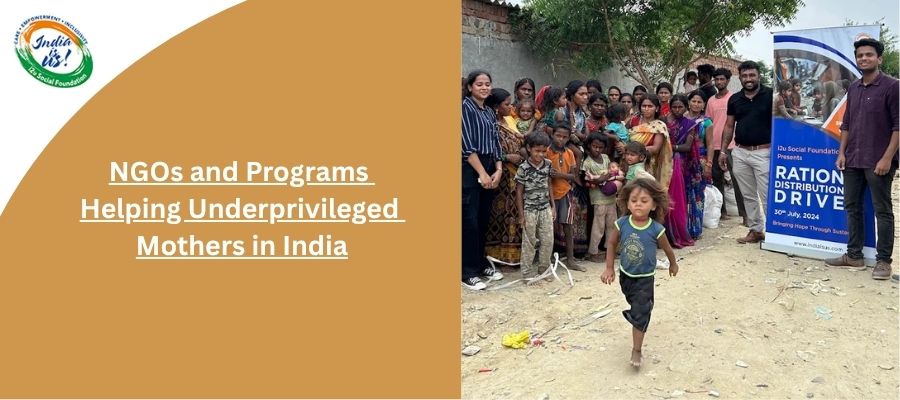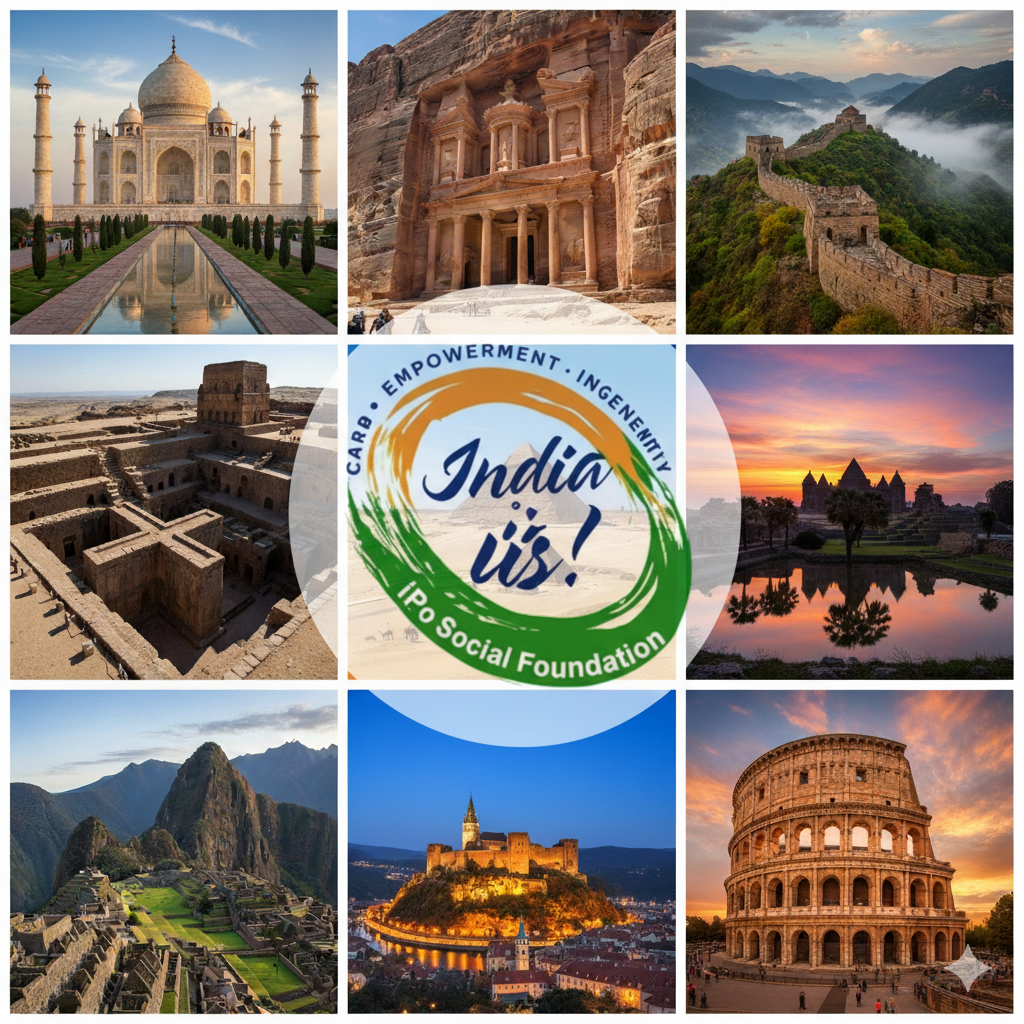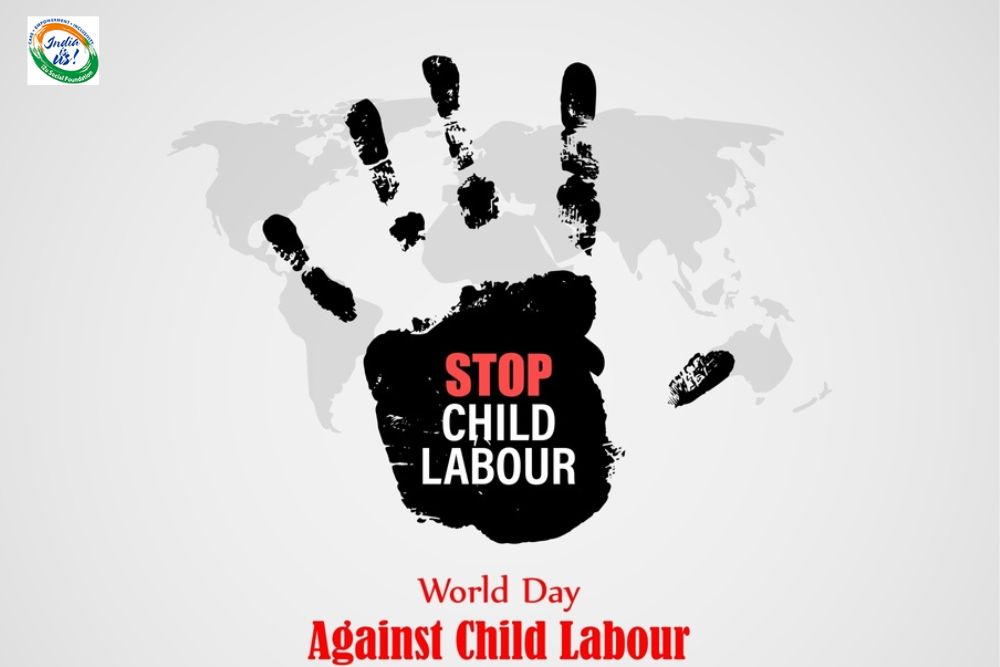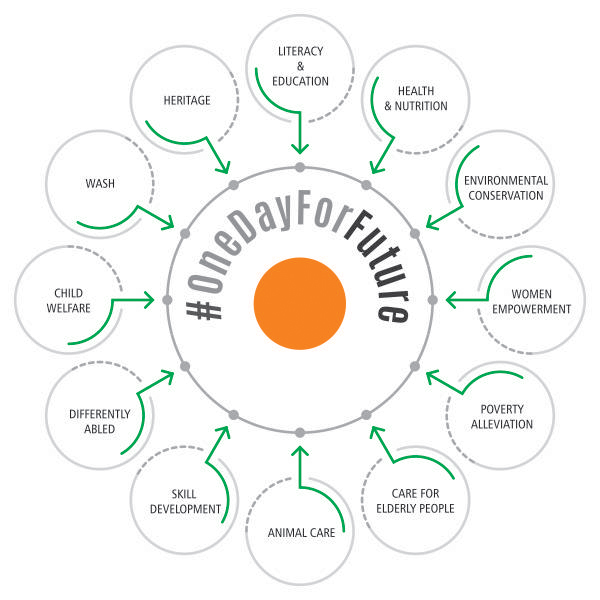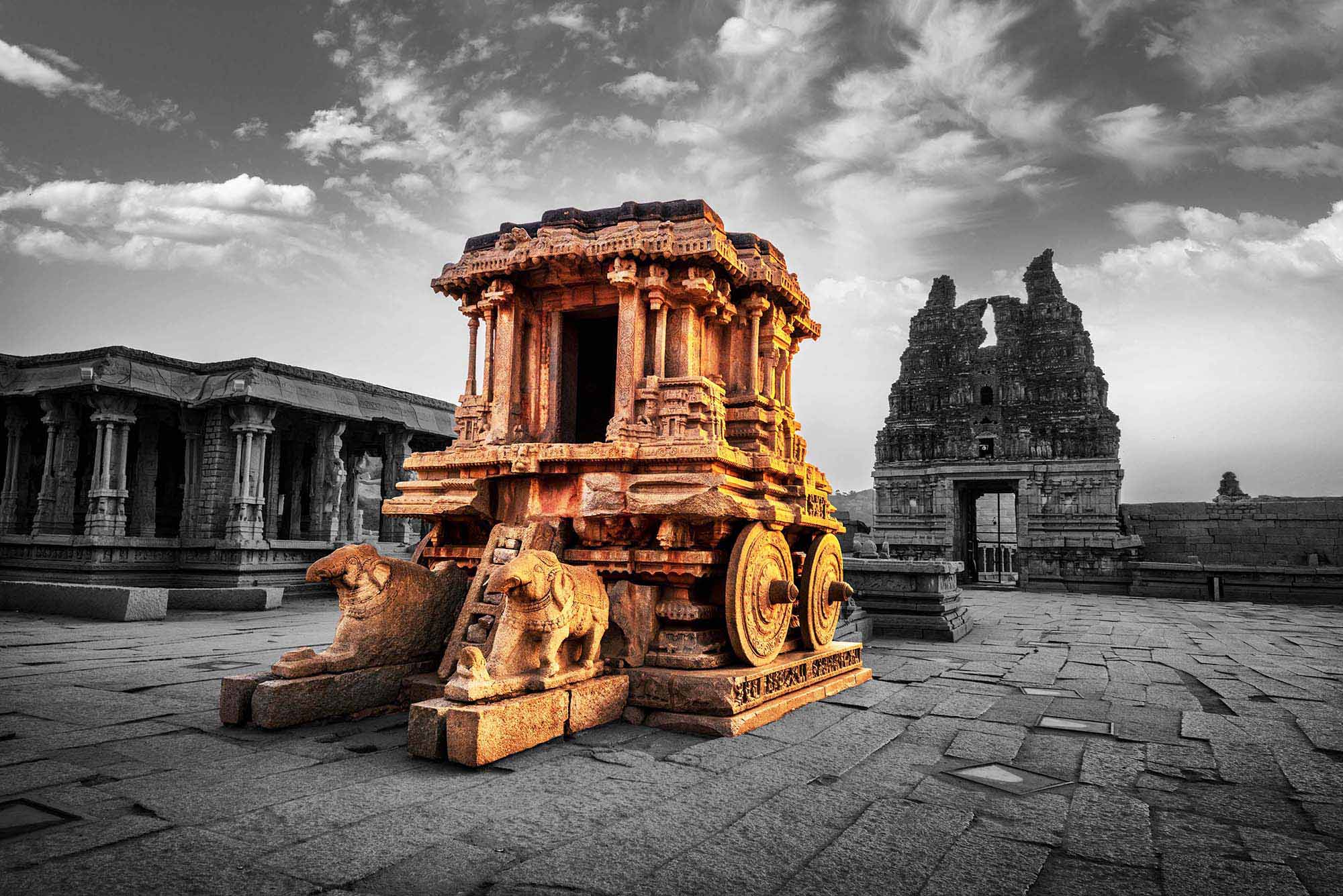Use your power to make a difference by joining our Let's Do Good initiative.
Impact of Climate Change on India and the World
Monday , 22 September 2025- 5 min. read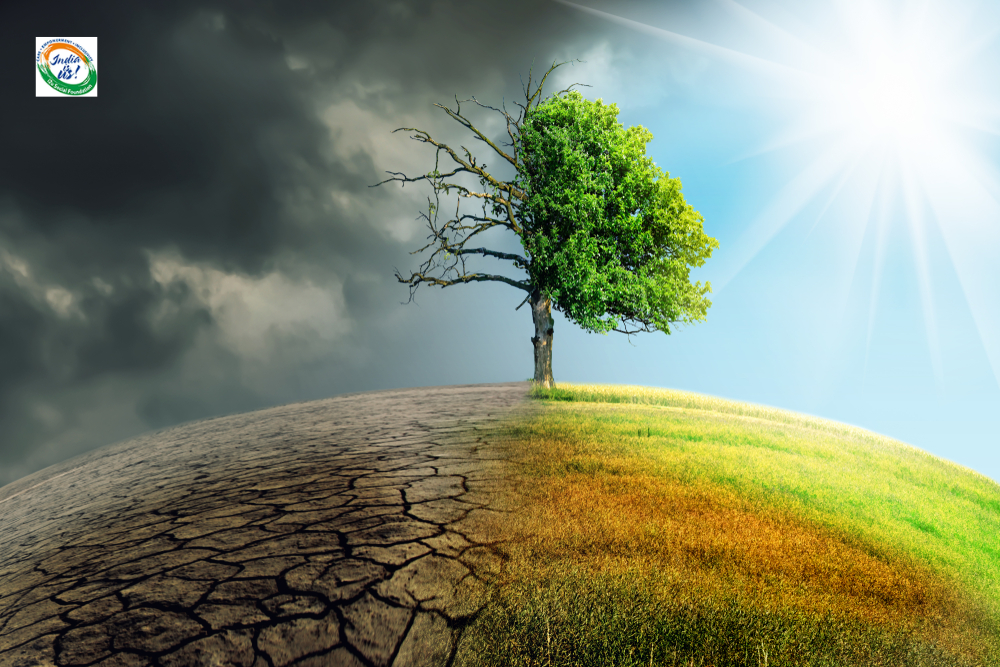
Climate change has impacted the weather and environment in several ways. The climate change events affect various elements such as water, energy and transport.
Climate change is no longer a problem that we see at a faraway distance. It is occurring right now. It better to understand the causes, impact of climate change and climate change solutions to overcome it.
This understanding becomes much more crucial for nations such as India, where the life of millions of people is dependent on weather patterns that are consistent.
What Is Climate Change?
The long-term weather patterns and temperatures are shifting due to climate change. The temperature of the Earth is naturally changing during the course of cycles between thousands of years. The impact of climate change has occurred at an accelerated rate since 1800s because of human activities.
Scientists measure climate change using average temperatures over decades. They also observe the amount of rainfall, the intensity of storms and the level of sea elevation. The data has shown obvious trends. The temperatures of the world have increased by approximately 1.1 degrees Celsius since the late 1800s.
This warming is not much but it has monumental effects. Just imagine climate as a giant machine with many moving parts. The entire mechanism responds to the alteration of a single minor component. Everything is changing when the weather, ocean currents, seasonal changes etc. are changing even slightly when the temperature increases.
Climate Change Effects
The climate change effects can be seen all over the world. Glaciers and ice sheets melt when the temperature rises. The sea level rises because of this process. Flooding and erosion are problems for coastal locations. A lot of small island countries are afraid they will disappear.
There are more extreme weather events now than before. Heat waves last longer and become hotter. The severity of hurricanes and cyclones is growing. The length of time taken by droughts increases in duration and size. Farm produce is lost, houses are demolished, and lives are lost.
Various locations receive varying quantities of rain. In particular locations where it pours too much, floods occur. There is less precipitation in other parts, consequently leading to unavailability of water. The farmers are unable to know when to plant or harvest their produce. There is doubt regarding the food production.
Ecosystems do not adapt easily to changes that occur at a rapid rate. Many plants and animals are not able to survive in new environments. Coral reefs are killed when the ocean becomes warmer. Increased forest fires are destroying forests. Such impact of climate change is detrimental to the biodiversity and lead to food network shocks.
Causes of Climate Change
|
Main Cause |
How It is Causing Climate Disruption |
|
Burning Coal, Oil & Gas |
Power plants burn coal to make electricity. Cars gulp down petrol and diesel. Factories run on natural gas. All this burning dumps billions of tons of carbon dioxide straight into our air every single day. |
|
Chopping Down Forests |
Trees capture CO2 from the air like big vacuum cleaners. When loggers cut trees down or farmers burn woods for agriculture, all that carbon is released. It feels like opening a huge vault of carbon. |
|
Making Stuff in Factories |
Cement plants heat limestone to crazy temperatures - this process alone spits out CO2, even before you count the coal they burn. Steel mills, aluminum plants, chemical factories - they all release greenhouse gases just by making the things we use daily. |
|
Growing Food & Raising Animals |
Flooded rice fields are basically the causes of climate change with giant methane bubbles waiting to pop. A single cow release out enough methane gas to match driving a car for thousands of miles. Farmers spray nitrogen fertilizers that break down into nitrous oxide. |
|
Transportation |
Carbon dioxide (CO2) is released from the exhaust pipe. Cargo ships use gasoline nonstop for weeks. When planes fly over, they leave behind trails of greenhouse gases. Trucks, cars and buses consume fuels and release gases. |
Impact of Climate Change
Climate change is taking its own toll on every region in its own manner. Arctic heats quicker than other locations. Greenland and Antarctica annually lose billions of tons of ice in their ice sheets. Notably, this freezing is one of the primary contributors of increasing sea levels worldwide.
Unpredictable rainfall patterns have serious problems in Africa. There are longer droughts in Sahel. East Africa is seeing a lot of weather-related changes in past years. Since, they are more dependent on the agriculture, these changes affect the population a lot.
Small island states in the Pacific are under the greatest threat. Rising oceans frequently cause their land to be flooded.
Europe is observing a variation of rain and snowfall. This has led to crisis in water resources, tourism and livelihood.
Asia has been deeply affected by climate change due to erratic monsoons. Himalayan glaciers are now melting at a faster rate. The glaciers are the source of large rivers and lakes. This is causing stress on the availability of water. Climate change in India also affects the billion population and its ecosystem.
The Americas are subject to a variety of climate shifts. Continual droughts and wildfires are a problem in the western region of the United States. Hurricane seasons in the Atlantic becoming stronger. The heat and changing rain are putting more stress on the Amazon jungle.
Climate Change Solutions
Action on climate change effects must occur on numerous levels. The government, businesses and individuals have their roles to play. The responses are reducing the emission of greenhouse gases and adapting to the unavoidable changes.
Renewable energy is the most effective method to reduce the number of emissions. During the past years, the prices of solar and wind power have been greatly reduced. In most regions, renewable energy sources have turned out to be cheaper sources of power compared with fossil fuels. The use of higher green energy sources will reduce the use of coal, oil, and gas.
Reducing overall energy demand is one of the main goals of energy efficiency improvements. Better construction insulation allows homes to maintain a pleasant temperature while consuming less energy. Electricity consumption is reduced via the use of more energy-efficient appliances and industrial equipment. Transport requirements can be reduced by strategic city development.
Alterations to transportation mechanisms have the potential to drastically cut emissions. The electric cars are becoming more affordable and user friendly. The number of personal vehicles necessary can be minimized by making use of the public transit services. There is no production of emissions of physical modes of transportation like walking and cycling.
Planting and planting of trees assists in removing carbon dioxide in the atmosphere. Reforestation initiatives encompass planting of trees in damaged locations. Sustainable forest management aims at prevention of unnecessary deforestation. Planting more trees in cities is one way of improving air quality.
Climate Change in India Initiatives
The agriculture sector in India is potentially threatened by rising temperatures. The extreme heat waves damage the crops of wheat in the northern states. There are unpredictable monsoons which make it difficult to grow rice. Farmers find it difficult when planting seasons are shifting and food crops are no longer growing well in their region.
The water level is increasing and cyclones are intensifying on the coasts of India. Flooding is more common in such cities as Chennai and Mumbai. The Sundarbans region with India and Bangladesh is losing its border as the sea is rising. Fishing communities notice changes in the ecosystems of the sea.
Several climate projects have been started by the Indian government. The National Action Plan on Climate Change sets the rules for many areas of policy. India is committed to achieve the Net Zero emission target by 2070. Indian's plan for a future based on renewable energy is ahead of schedule; 50% of the country's installed power capacity comes from sources other than fossil fuels.
The growth of solar energy in India has been amazing. Some of the biggest solar parks in the world are presently in the country. The cost of installing solar panels has gone down a lot, now being on par with coal power. Increasingly, solar solutions are being used in rural electrification schemes.
Multiple schemes in India encourage the practice to lower climate change in India. With the implementation of the LED distribution network, millions of inefficient light bulbs have been replaced. The building energy codes set the rules for new buildings. Industrial saving programs help businesses use less energy.
Conservation attempts in India's forests aim to grow more trees. The Green India Mission intends to rehabilitate forests that have been affected by deforestation.
Conclusion
Climate change is one of the greatest issues that the society is faced with. Climate Change effects are observable in all parts of the world, including the melting of ice in the arctic up to the change of monsoons in India. Most of the causes of climate change involve activities that are practiced by human, especially the burning of fossil fuels and destruction of forests.
We need to focus on the alternatives of conventional energy. Alternative energy sources, energy efficiency, and greener practices are the climate change solutions that can hinder climate change.


